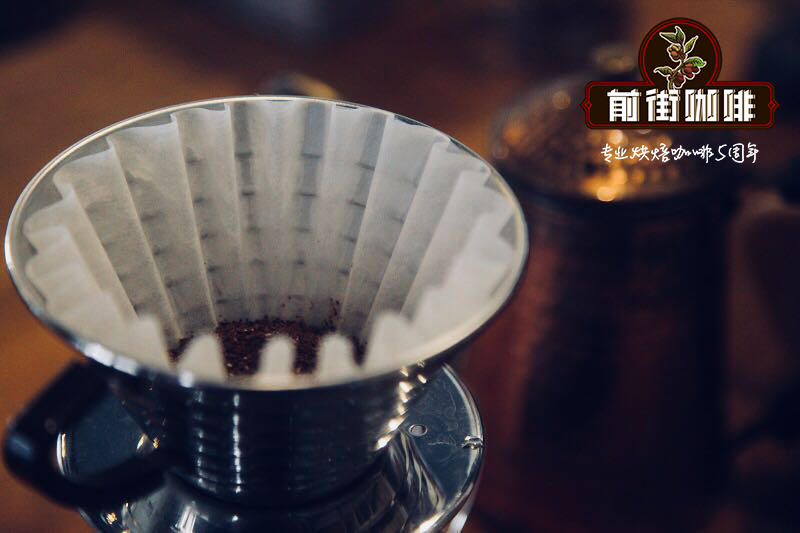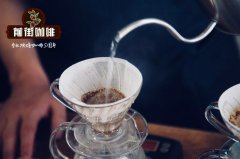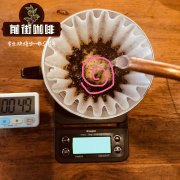What are the brands of coffee filter paper? Is the Japanese BMW coffee filter paper easy to use? The difference of coffee filter paper

Professional coffee knowledge exchange more coffee bean information please follow the coffee workshop (Wechat official account cafe_style)
Today we are going to introduce the filter paper used in the triangular cone filter--
The 1.101 series has been mentioned before-- if you buy hand-washed filter paper-- in the case of fish eyes mixed with beads-- remember to open your eyes and look for the row above--
two。 Today's main introduction is the following two types of kalita 101100 hand filter paper--
A. NK101 filter paper (brown unbleached, acid bleached)
B.FP101 filter paper (brown unbleached, acid bleached)
So what is the difference between a. NK series and b. FP series
A.NK 101 (JAN:4901369 111078) 0.076kg (weight per package); coniferous pulp 100%
B.FP 101 (JAN:4901369 111115) 0.086kg (weight per package); coniferous pulp 100% (undried more than 80%; dry more than 10%)
I still can't see the difference-- there's no difference in use--
In addition, UCC has the same size filter paper, and the same 100pieces of packaging-- weighing the same 0.086kg-- is the same.
Of course, Melitta, the inventor of filter coffee, also has a hand-flushing filter paper that can punch holes and breathe-- 1x1 unfortunately does not have an agent in Taiwan, and 1x2 can buy it at Wellcome supermarket-- it's a good hand-flushing filter paper-- but it doesn't make any difference.
All right! What's the difference between the hand filter paper?
1. Choose kalita, UCC or Melitta brands to buy should be safe (to be tested)-the rest have not tried and do not want to try-
two。 Acid bleaching: the so-called acid (Japanese name) should refer to H2O2 bleached filter paper. I am not studying chemical engineering, but it should be in line with food hygiene. At least chlorine should not be detected. It's just that in 2005, the Consumer Foundation of Taiwan tested 11 samples, seven of which seemed to have a fluorescent reaction-- but I don't know if the above three brands exist-- the data seems to be very vague.
3. Brown unbleached: the lignin in the pulp is colored and tasteful. after bleaching, the filter paper will be cleaner-unbleached filter paper requires more processes to remove the smell of lignin in the manufacturing process-brown unbleached filter paper has a heavier pulp odor. bleached filter paper is relatively light--
4. So please scald the filter paper with hot water before brewing coffee to remove some odors and impurities. ), is it really so sensitive to the smell of filter paper? In fact, coffee also contains more than 40% lignin, don't you think? As for fluorescent agents-be careful with napkins and toilet paper content may be higher-it is safest not to eat or drink above.
5. As for the issue of environmental protection-- the environmental problem of using a piece of filter paper to make a cup of coffee is not so serious-- so a lot of emphasis on environmentally friendly processes (water), ingredients (bagasse) and so on can only be said to require money in your pocket, so it is the most environmentally friendly not to eat or drink.
6. Talking about so much-- does inverted filter paper have any effect on brewing coffee-- or there is, it's just that the difference between kalita, UCC or Melitta filter paper doesn't seem to be that big-- the factors that affect a cup of coffee may be somewhere else.
The filter guide bar may be a key-- not in one hole, two holes or three holes-- from the first drop of coffee powder to the time it takes to remove the filter-- it may be a factor affecting the extraction rate-- so how to find a stable extraction filter to know next time--
Important Notice :
前街咖啡 FrontStreet Coffee has moved to new addredd:
FrontStreet Coffee Address: 315,Donghua East Road,GuangZhou
Tel:020 38364473
- Prev

The birth of hand-washed filter paper has a story! Coffee filter paper brand Melitta Melitta origin introduction
Professional coffee knowledge exchange More coffee bean information Please pay attention to coffee workshop (Weixin Official Accounts cafe_style) More than 100 years ago, people filtered coffee with linen or metal mesh, bitter taste and coffee grounds often precipitate at the bottom of the cup, German mother Melita. Melitta Bentz, racking her brain to brew a delicious cup of coffee. One day she had an idea and put the copper pot
- Next

Comparison of coffee filter paper brands-is Japanese BMW coffee filter paper easy to use? does American coffee machine need filter paper?
Professional coffee knowledge exchange more coffee bean information Please follow the coffee workshop (Wechat official account cafe_style) drinking coffee is a relaxing thing, of course, hand-brewed coffee with KK's personality is the most convenient and good way to taste all kinds of coffee. Today, I'm going to compare ceramic coffee filter cups (actually, it's not a comparison, just some experience). I was the first to flush filter paper.
Related
- What is the Philharmonic pressure? How to use Philharmonic pressure to make delicious coffee
- Why does a hand grinder have more fine powder than an electric grinder?
- In addition to the hot mom, what is the difference between the versions of EK43 | ditting and Mahdi ek43?
- What kind of equipment do you need to make coffee by hand? Introduction to novice starter cooking equipment tools
- Espresso needs to be ground how thick and thin scale entry Italian Coffee Machine Bean Grinder investigation and Grinding course
- How much does it cost to open a small private cafe? How much does it cost to learn coffee? How to operate it?
- The difference between the flavor characteristics of hand-brewed coffee and coffee maker is hand-brewed coffee really better than coffee maker? Can I use a coffee machine to make coffee beans by hand?
- The difference between 01 and 02 of hario v60 filter cup what is the difference between 01 and 02 filter cup opening and cooking flavor
- What's the difference between the smart cup and the French kettle? Which is better, the French kettle or the Smart Cup?
- What's the difference between a smart cup and a V60 filter cup? The difference between the taste of smart cup and hand-brewed coffee

